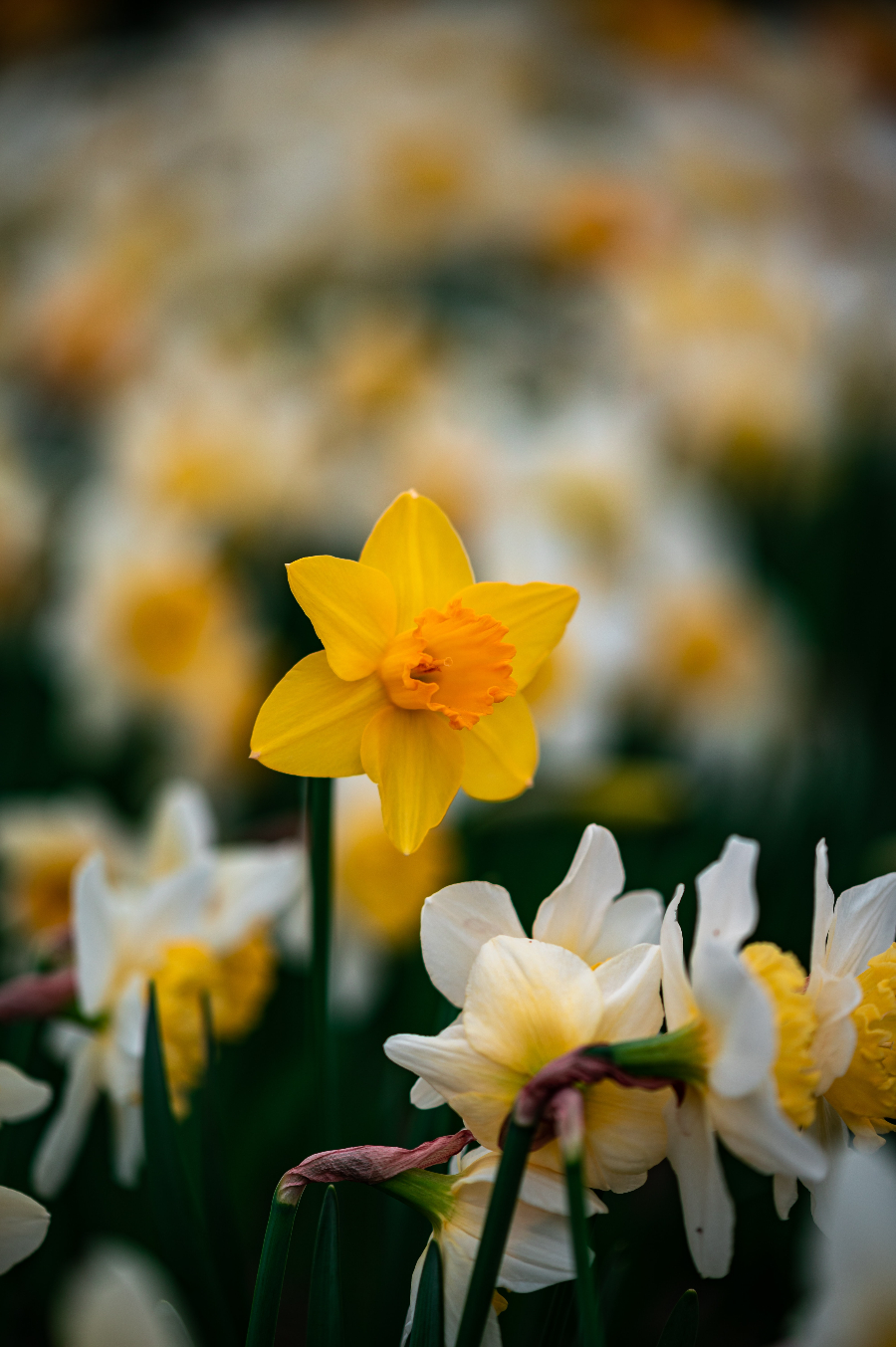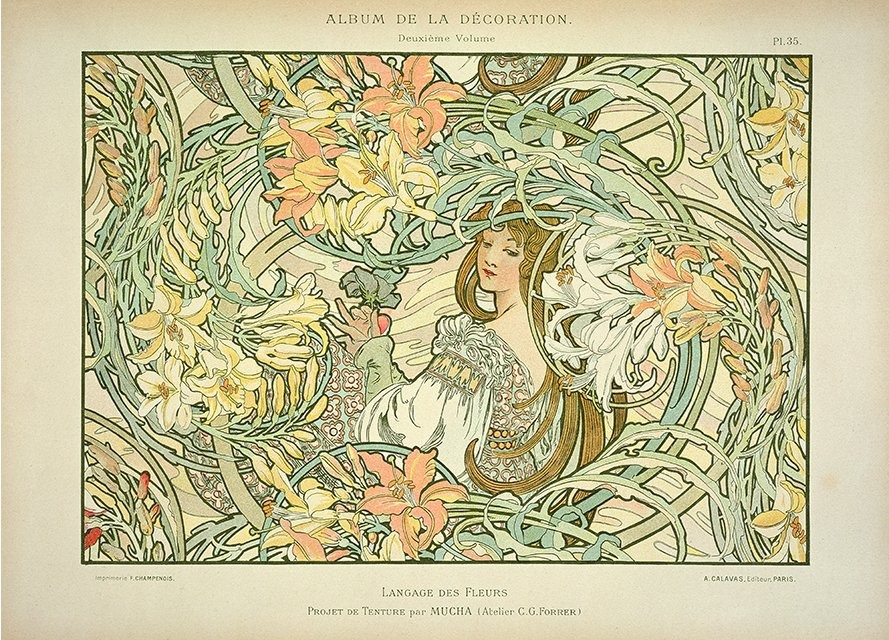In 2005, a team of researchers at Rutgers University investigated why people give flowers on many occasions. Humans have been growing flowers for thousands of years for little to no reward. While some species are edible, most flowers in a typical bouquet aren’t. After receiving one, it will sit on a random vase in the living room, perhaps enhancing the ambiance but nothing else.
After conducting three separate experiments, the researchers found that the rewards aren’t so much material as they’re emotional. The sight of a lovely bouquet elicited a more genuine smile among women, promoted more positive behavior, and even improved long-term memory among ages 55 and above. Who wouldn’t feel better after seeing and smelling a bunch of flowers?
As more and more look into where to buy tulip flowers and other species for their loved ones, it’s worth looking into how such a tradition began. After all, people seem to be willing to commit quite a lot to get their friends, partners, and loved ones the perfect gift.
The First Flower Burial
The earliest evidence of giving flowers may be at Shanidar Cave, an archaeological site located in Iraqi Kurdistan. Around the 1950s, American archaeologist Ralph Solecki and his team uncovered the remains of ten Neanderthals, a race of humans that existed some 200,000 years ago.
At the fourth site, Solecki discovered traces of pollen from sediment samples taken there. It implied that these people practiced placing flowers over their fellow dead as part of an intricate burial rite. However, later studies called this ‘flower burial’ theory into question. Despite later expeditions in 2015, no one’s still sure why there were flowers on the site.
Ancient Cultures
A more undisputable account comes from ancient civilizations, particularly Greece, Rome, Egypt, and China. Flowers were an essential part of their respective traditions, later developing the notion of expressing one’s feelings through a bouquet.
As a people heavily influenced by mythology, the ancient Greeks associated flowers with the gods, goddesses, and well-known figures based on their form and function. For example, daffodils were associated with Narcissus, a character so handsome that he fell in love with his own image. These flowers tend to thrive along riverbanks, which, ironically, Narcissus died by drowning in a river.
The associations were a stretch and should be taken with a grain of salt. Regardless, it proves just how much ancient cultures adored flowers, which is a sentiment carried across the centuries.

The Birth of Floriography
Given where credit is due, you have Victorian-era England to thank for setting the tradition and its rules. Drawing inspiration from a similar tradition in Turkey, they managed to turn gifting flowers into an art form. From there, floriography, also referred to as the language of flowers, was born.
Bouquets, namely small ones called tussie-mussies, were the primary means of expressing emotion for the period. People at the time either didn’t believe in explicitly showing how they feel or were hesitant to do so. Given this trend, they wrote and published floriography codebooks that contain topics ranging from the emotions each flower represents to the ideal bouquet arrangement.
Specific parts of William Shakespeare’s “Hamlet” (his works were a popular read during the era) prove that Victorians associated flowers with feelings. Ophelia, a potential wife to the eponymous character, laments:
“There’s rosemary, that’s for remembrance.
Pray you, love, remember. And there is pansies,
that’s for thoughts. . .”
–Act 4, Scene 5, Lines 199-201
The rest of the world soon caught on, with each culture developing its own floriography. For instance, Japan has its own set of interpretations known as ‘hanakotoba,’ which also means ‘language of flowers.’

Takeaway: Restoring Meaning
Floriography isn’t without its share of troubles. With so many publications on the topic throughout the centuries, the various interpretations have made knowing the true meaning problematic. By the latter half of the 20th century, people have mostly forgotten what each flower represents. Only the tradition of giving flowers remained steadfast.
Perhaps, the meanings have changed, but only by realizing their importance can one find out. Any bouquet for any occasion must convey a sincere message–from the deep love represented by tulips to the ephemeral nature of life by cherry blossoms.
As this piece has explained, flowers hold deep meaning that impact cultures throughout the ages. If you want to give flowers for someone’s birthday, wedding, or just because, take some time to understand what they stand for. Also, never settle for a bouquet that’s an unorganized assortment of different flowers; it’s a good way for the recipient to misunderstand your intentions.
